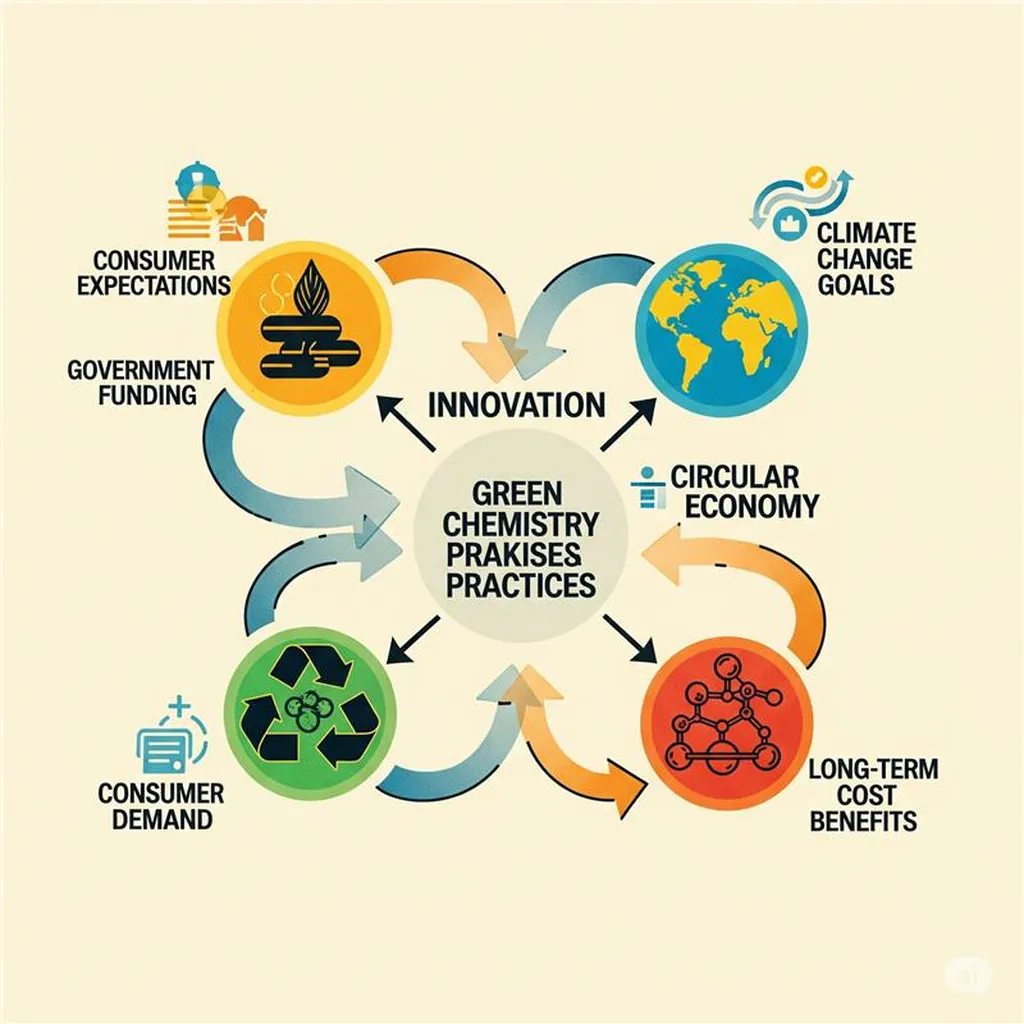In the quest for sustainable construction, researchers have uncovered promising avenues by transforming industrial waste into high-performance building materials. A recent study published in *Scientific Reports* (translated from Chinese as “Scientific Reports”) by Yan Pang of the School of Chemistry and Chemical Engineering at Jining Normal University, delves into the microscopic intricacies of ecological building materials derived from recycled industrial waste. The findings could reshape how the construction industry approaches material science and sustainability.
Pang and his team systematically incorporated three primary industrial byproducts—fly ash, blast furnace slag, and steel slag—as cement replacements. By employing advanced characterization techniques such as X-ray diffraction, scanning electron microscopy, and mercury intrusion porosimetry, they established a quantitative relationship between microstructural parameters and macroscopic performance. The results are striking: the optimal combination of 15% fly ash, 7.5% steel slag, and 22.5% blast furnace slag achieved a compressive strength of 52.3 MPa, a 16.2% improvement over traditional cement.
“This research provides a scientific foundation for developing waste-derived building materials,” Pang explained. “By understanding the chemical phase composition and interface interactions, we can optimize material design for superior performance and sustainability.”
The study’s significance extends beyond academic interest. As the construction industry grapples with the environmental impact of traditional materials, the findings offer a viable path toward circular economy implementation. The enhanced C–S–H gel formation, a critical component in cement hydration, was found to be 58.2% in the optimized mixture compared to 54.3% in conventional cement. This improvement is attributed to pozzolanic reactions, which enhance the material’s structural integrity and durability.
Moreover, the research developed structure–property relationship models with correlation coefficients exceeding 0.92 for strength prediction. These models enable engineers and architects to design materials with precise performance characteristics, reducing waste and improving efficiency.
The commercial implications for the energy sector are substantial. As the demand for sustainable construction grows, the ability to repurpose industrial waste into high-performance building materials presents a cost-effective and environmentally friendly solution. This could lead to reduced carbon emissions, lower material costs, and a more sustainable supply chain.
Pang’s work not only contributes to the scientific understanding of ecological building materials but also paves the way for future developments in the field. By leveraging advanced characterization techniques and quantitative analysis, researchers can continue to push the boundaries of material science, creating innovative solutions for a more sustainable future.
As the construction industry evolves, the integration of waste-derived materials could become a standard practice, driven by both economic and environmental imperatives. The research published in *Scientific Reports* serves as a testament to the potential of interdisciplinary collaboration and the transformative power of scientific inquiry.

